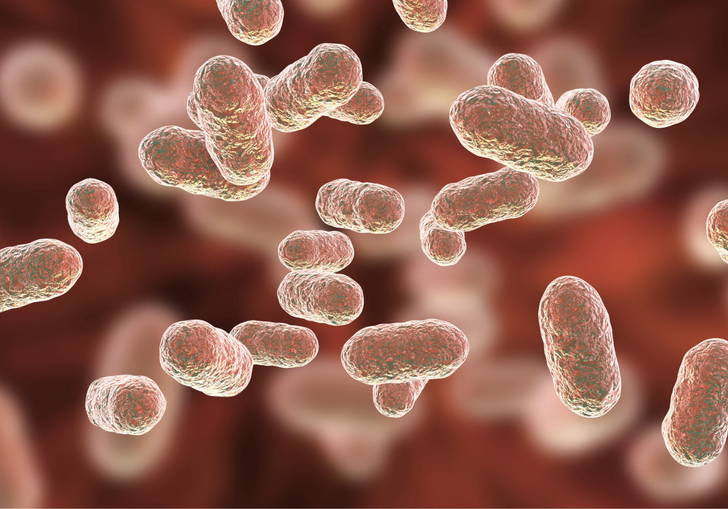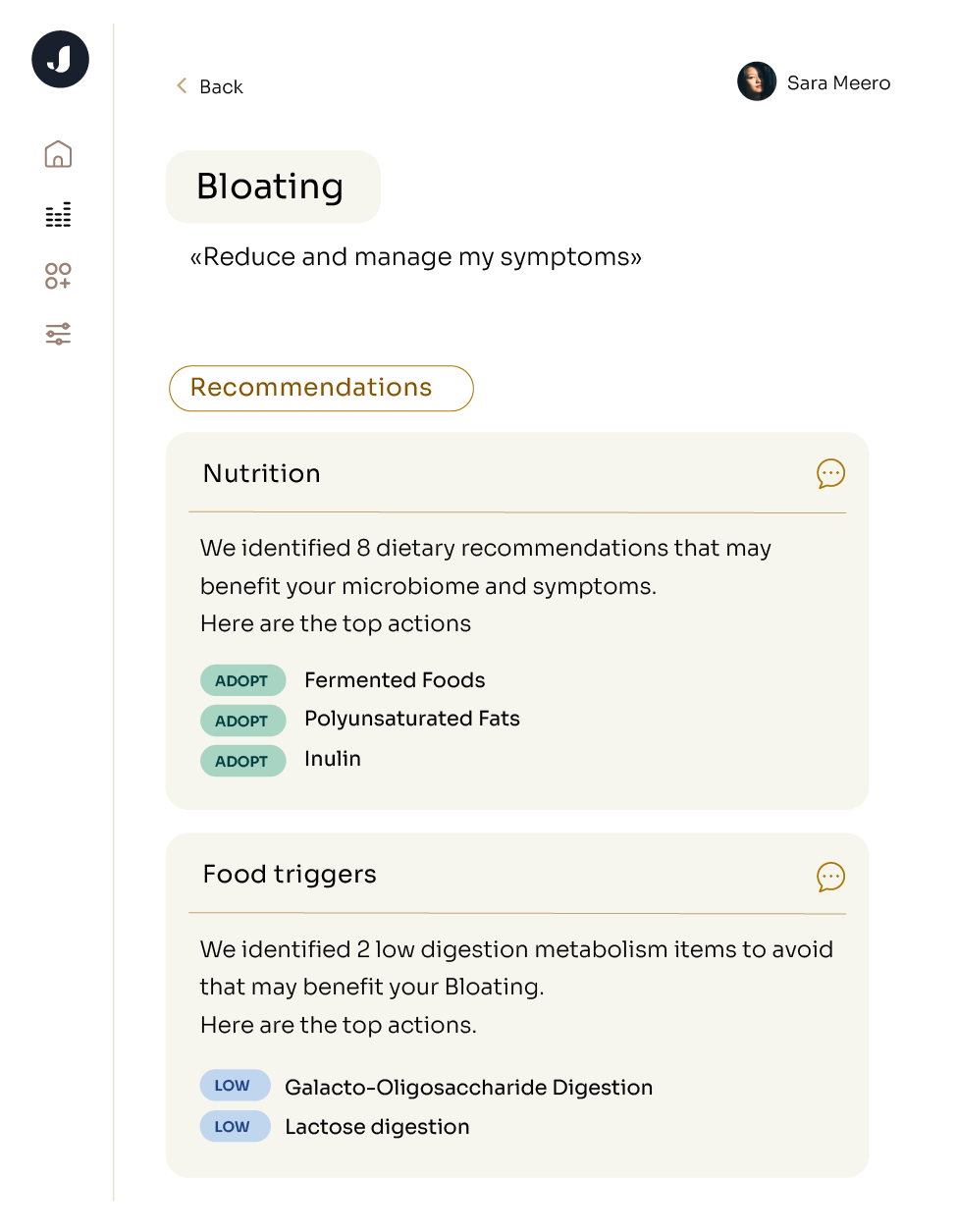Berni Canani R, Paparo L, Nocerino R, Di Scala C, Della Gatta G, Maddalena Y, Buono A, Bruno C, Voto L, Ercolini D. Gut Microbiome as Target for Innovative Strategies Against Food Allergy. Front Immunol. 2019 Feb 15;10:191. doi: 10.3389/fimmu.2019.00191. PMID: 30828329; PMCID: PMC6384262.
Caminero A, Herrán AR, Nistal E, Pérez-Andrés J, Vaquero L, Vivas S, Ruiz de Morales JM, Albillos SM, Casqueiro J. Diversity of the cultivable human gut microbiome involved in gluten metabolism: isolation of microorganisms with potential interest for coeliac disease. FEMS Microbiol Ecol. 2014 May;88(2):309-19. doi: 10.1111/1574-6941.12295. Epub 2014 Mar 3. PMID: 24499426.
Caminero, A., Meisel, M., Jabri, B., & Verdu, E. F. (2019). Mechanisms by which gut microorganisms influence food sensitivities. Nature reviews. Gastroenterology & hepatology, 16(1), 7–18. https://doi.org/10.1038/s41575-018-0064-z
Fazlollahi M, Chun Y, Grishin A, Wood RA, Burks AW, Dawson P, Jones SM, Leung DYM, Sampson HA, Sicherer SH, Bunyavanich S. Early-life gut microbiome and egg allergy. Allergy. 2018 Jul;73(7):1515-1524. doi: 10.1111/all.13389. Epub 2018 Mar 15. PMID: 29318631; PMCID: PMC6436531.
Goldberg MR, Mor H, Magid Neriya D, Magzal F, Muller E, Appel MY, Nachshon L, Borenstein E, Tamir S, Louzoun Y, Youngster I, Elizur A, Koren O. Microbial signature in IgE-mediated food allergies. Genome Med. 2020 Oct 27;12(1):92. doi: 10.1186/s13073-020-00789-4. PMID: 33109272; PMCID: PMC7592384.
Hua X, Goedert JJ, Pu A, Yu G, Shi J. Allergy associations with the adult fecal microbiota: Analysis of the American Gut Project. EBioMedicine. 2015 Nov 27;3:172-179. doi: 10.1016/j.ebiom.2015.11.038. PMID: 26870828; PMCID: PMC4739432.
Poto R, Fusco W, Rinninella E, Cintoni M, Kaitsas F, Raoul P, Caruso C, Mele MC, Varricchi G, Gasbarrini A, Cammarota G, Ianiro G. The Role of Gut Microbiota and Leaky Gut in the Pathogenesis of Food Allergy. Nutrients. 2023 Dec 27;16(1):92. doi: 10.3390/nu16010092. PMID: 38201921; PMCID: PMC10780391.
Savage JH, Lee-Sarwar KA, Sordillo J, Bunyavanich S, Zhou Y, O'Connor G, Sandel M, Bacharier LB, Zeiger R, Sodergren E, Weinstock GM, Gold DR, Weiss ST, Litonjua AA. A prospective microbiome-wide association study of food sensitization and food allergy in early childhood. Allergy. 2018 Jan;73(1):145-152. doi: 10.1111/all.13232. Epub 2017 Aug 2. PMID: 28632934; PMCID: PMC5921051.
Turnbull JL, Adams HN, Gorard DA. Review article: the diagnosis and management of food allergy and food intolerances. Aliment Pharmacol Ther. 2015 Jan;41(1):3-25. doi: 10.1111/apt.12984. Epub 2014 Oct 14. PMID: 25316115.





